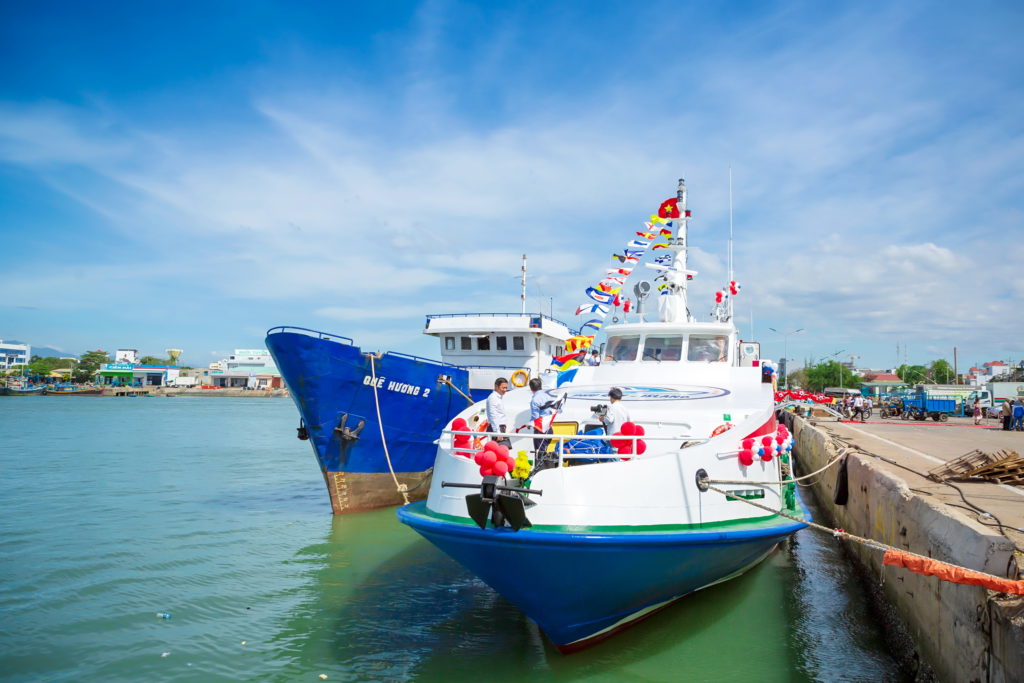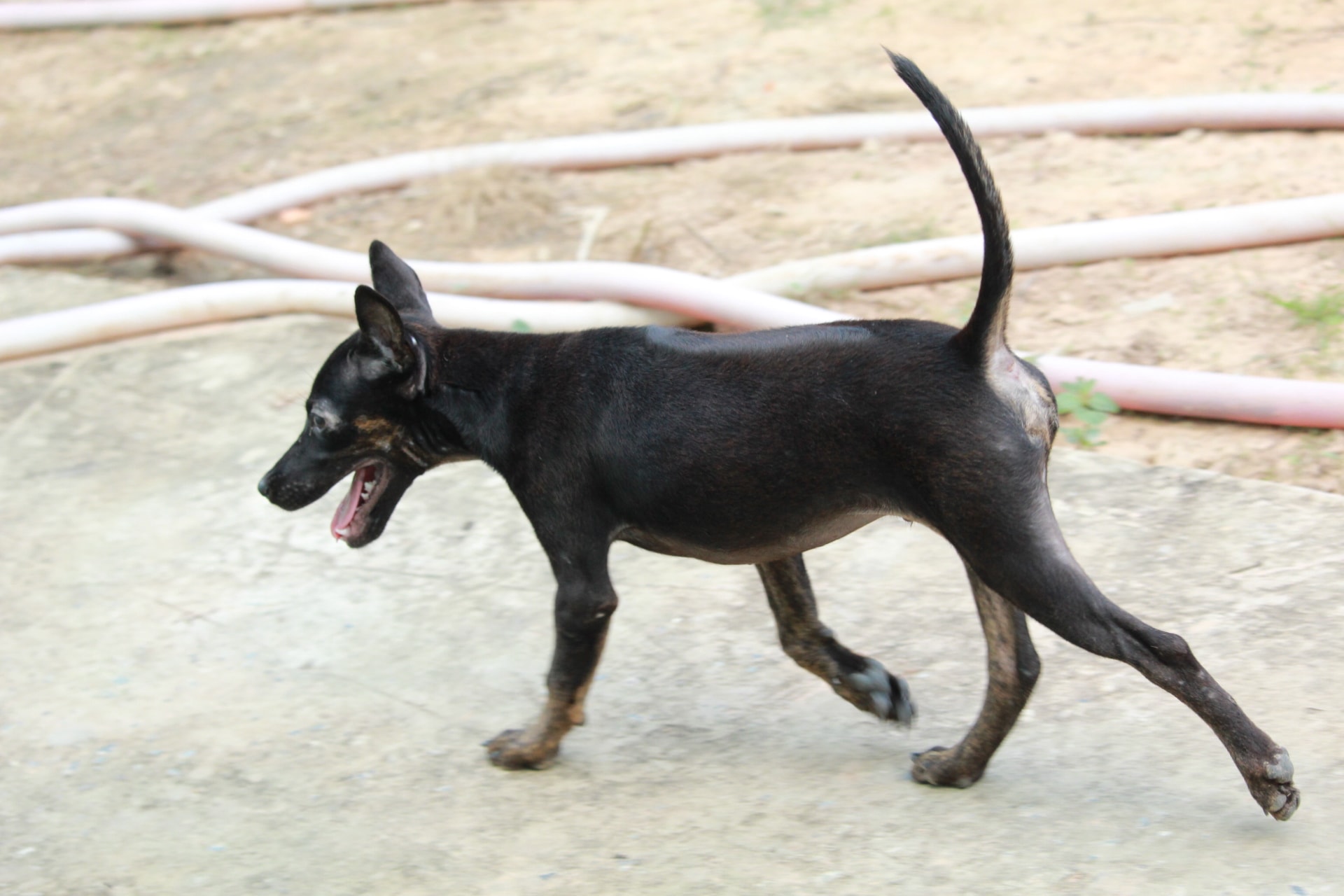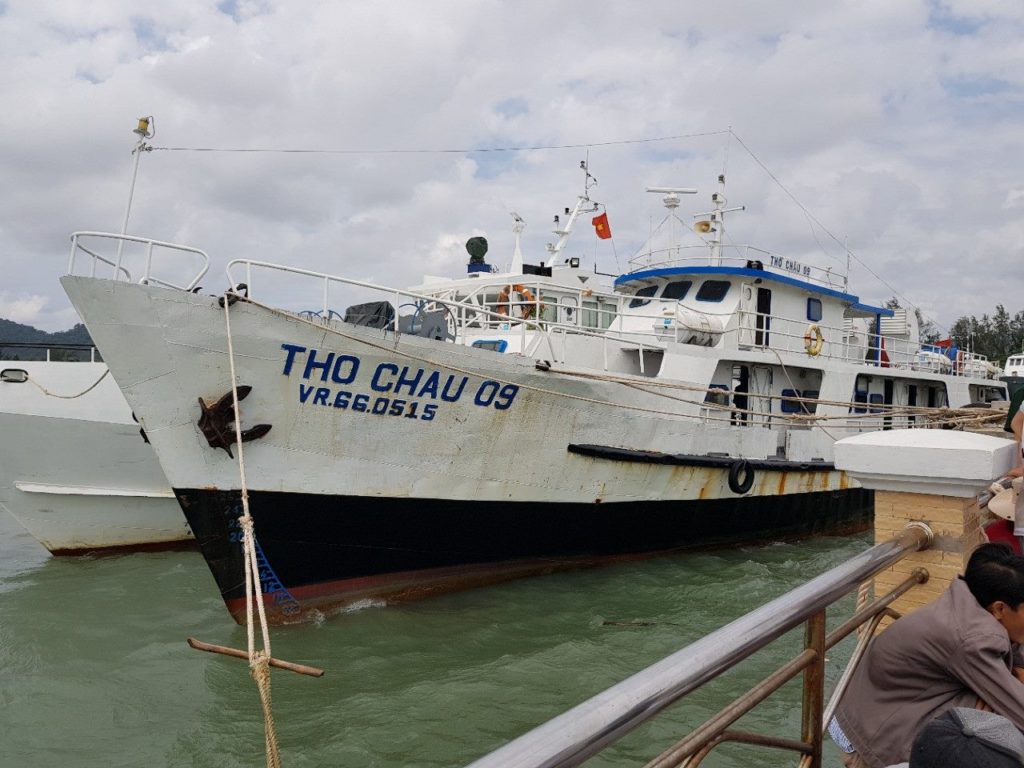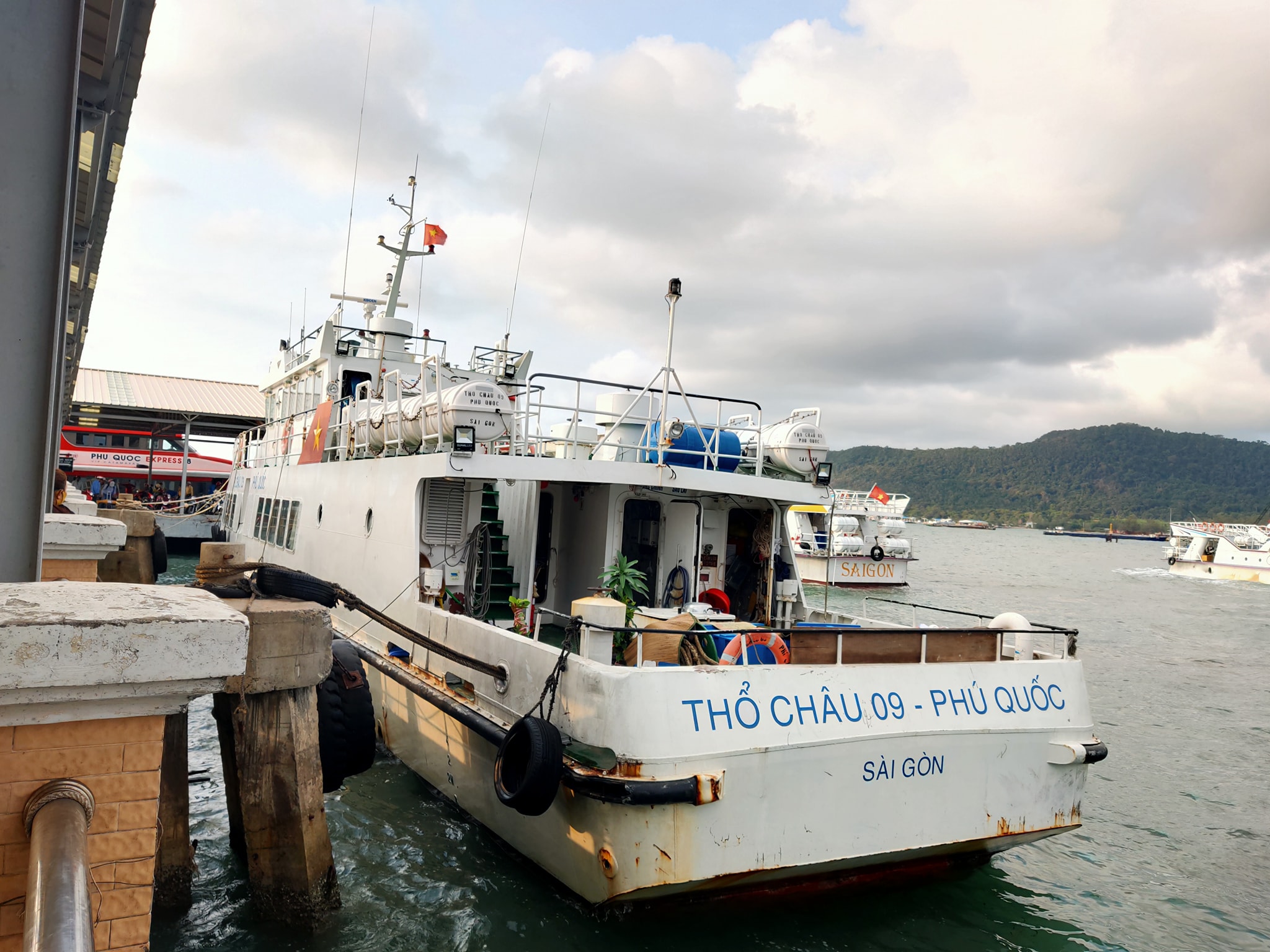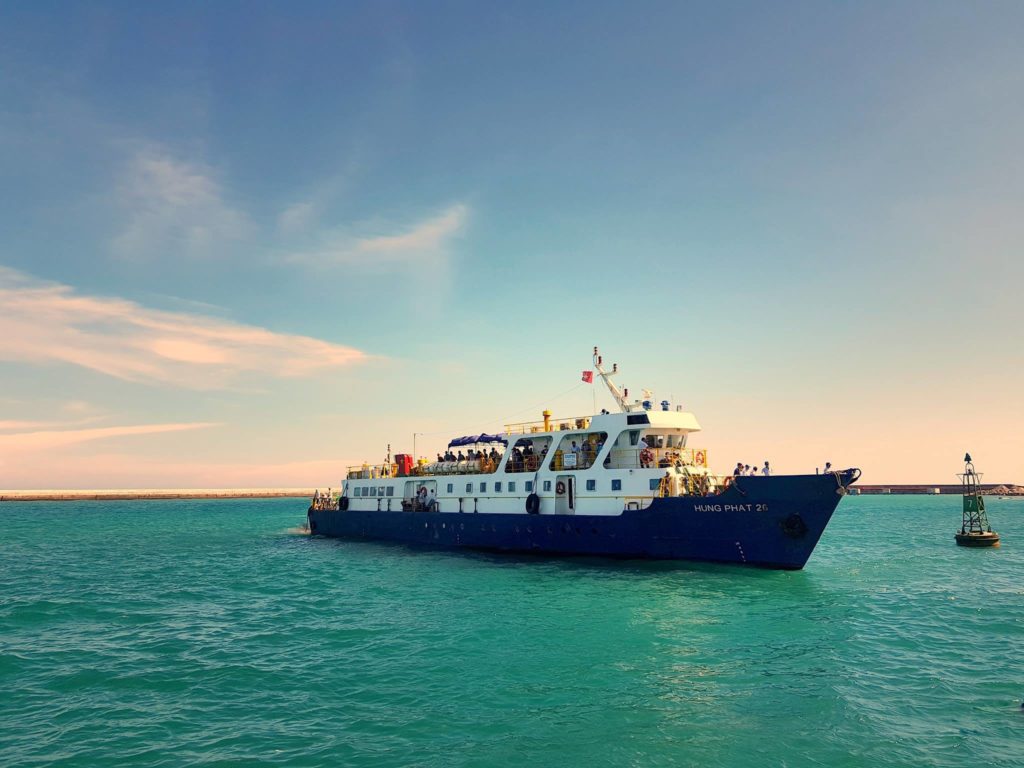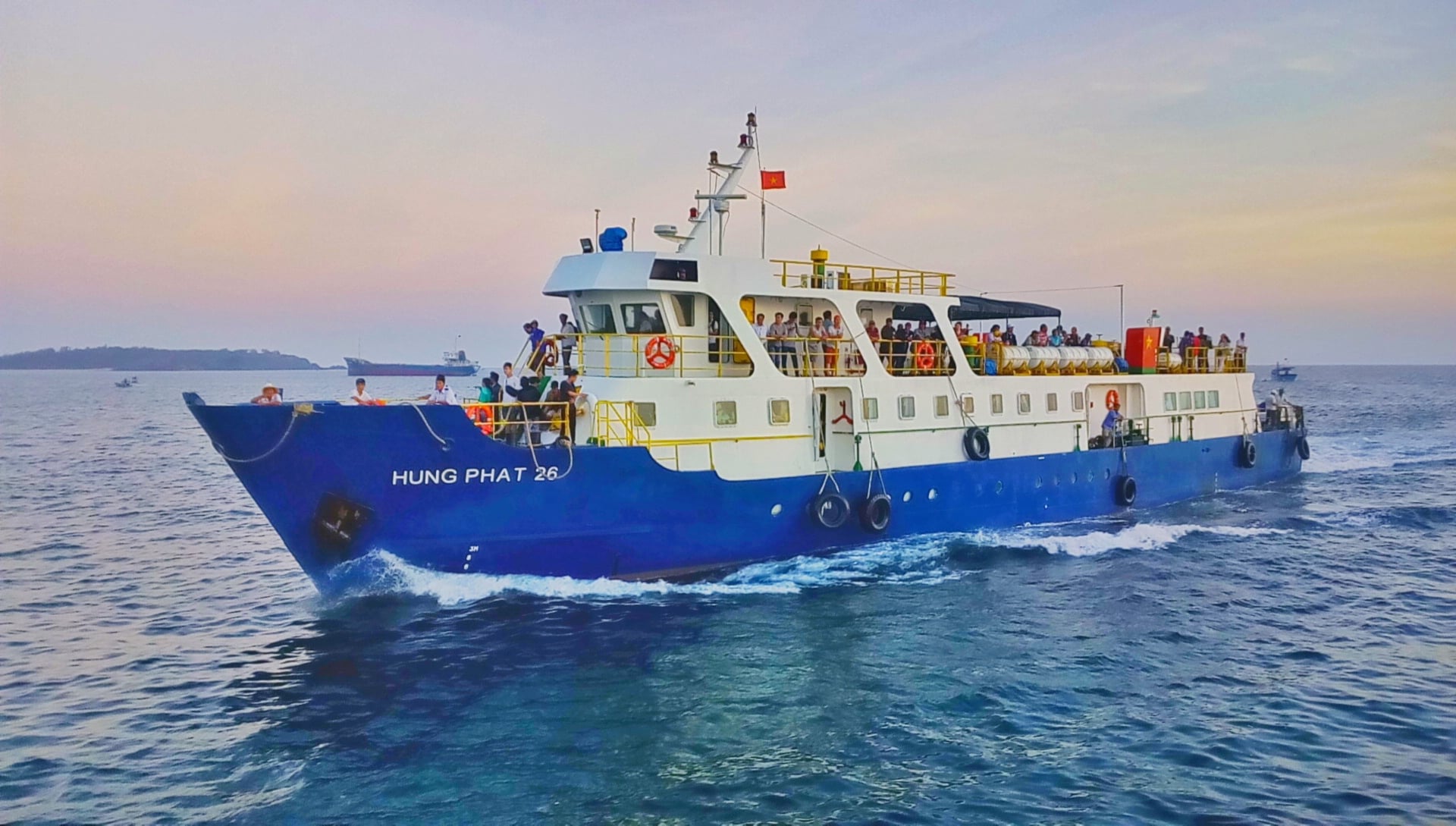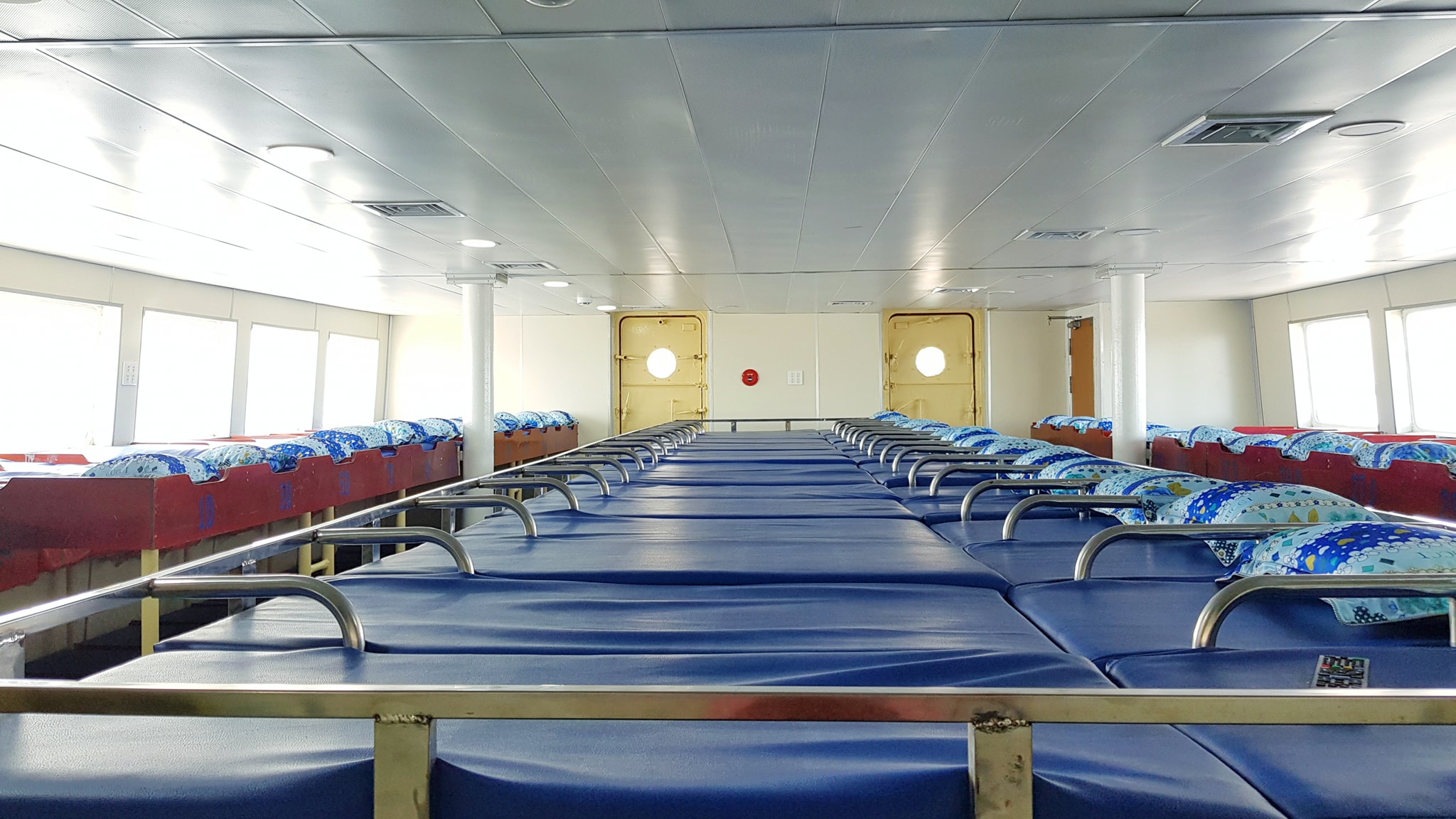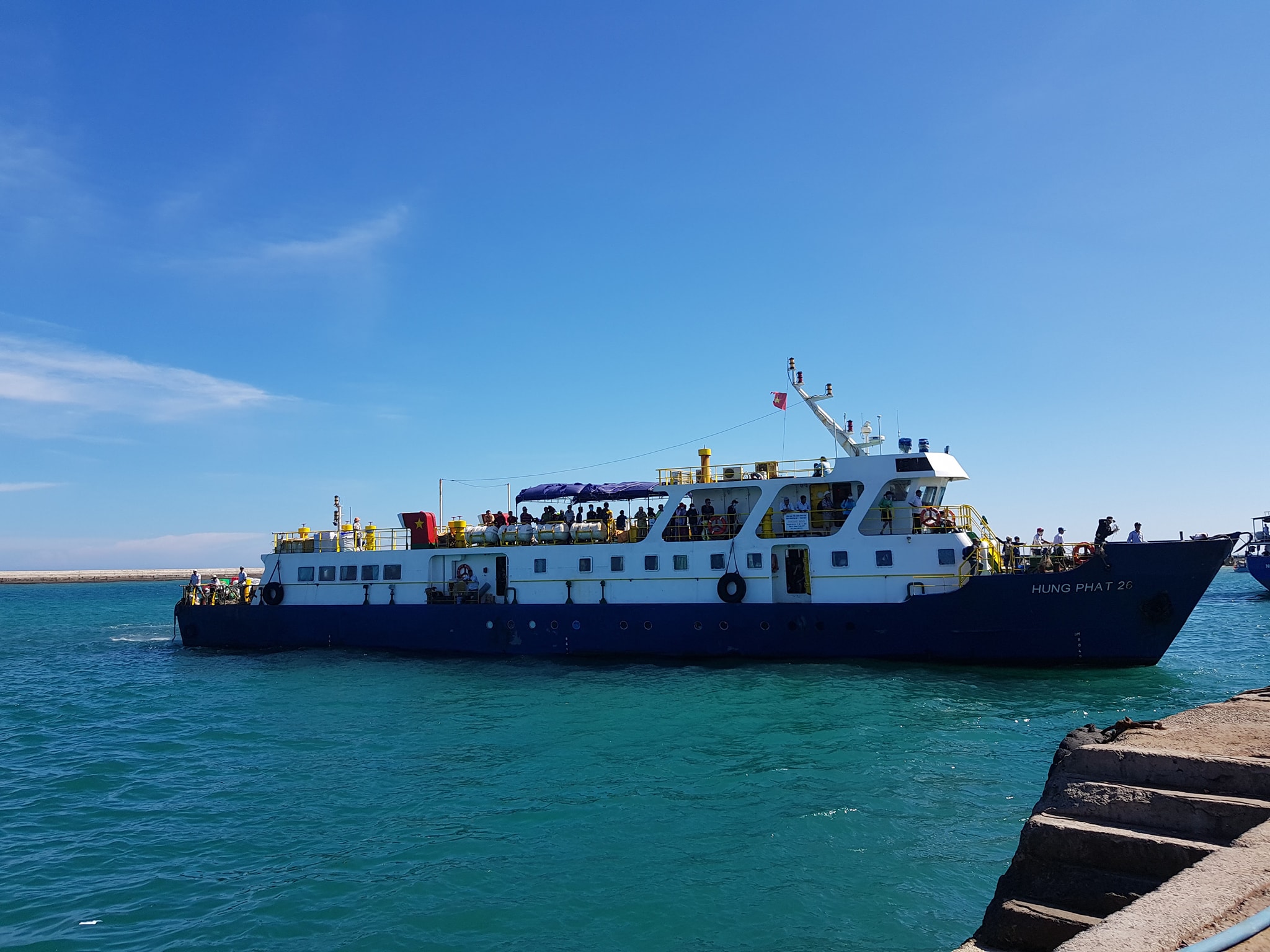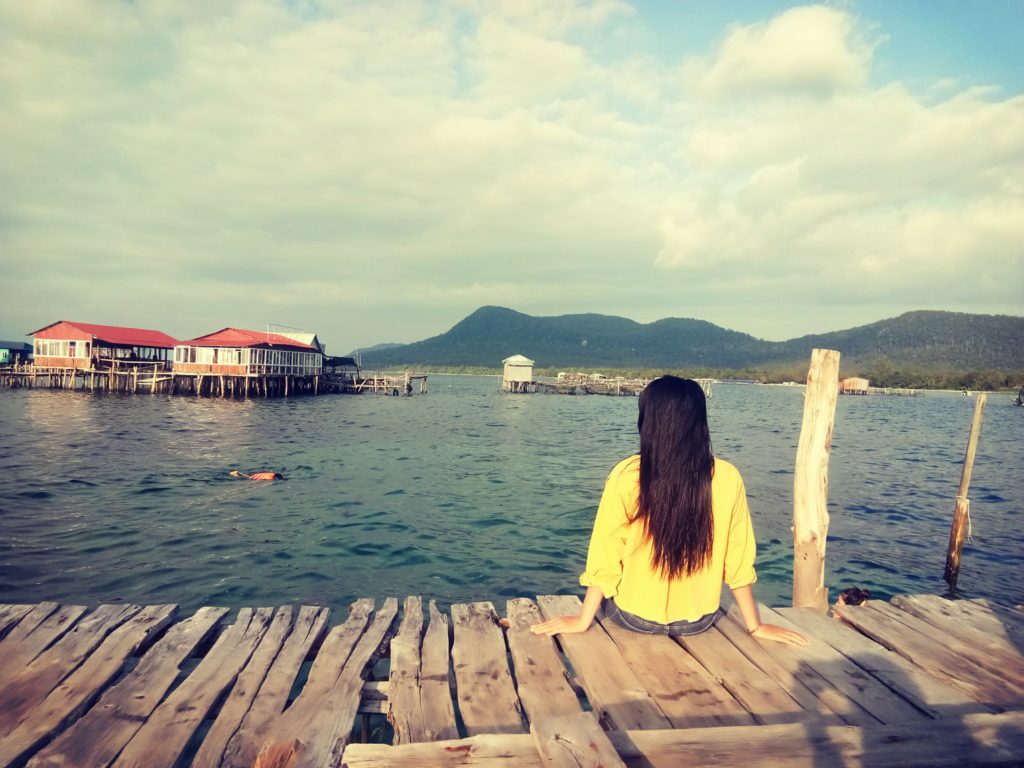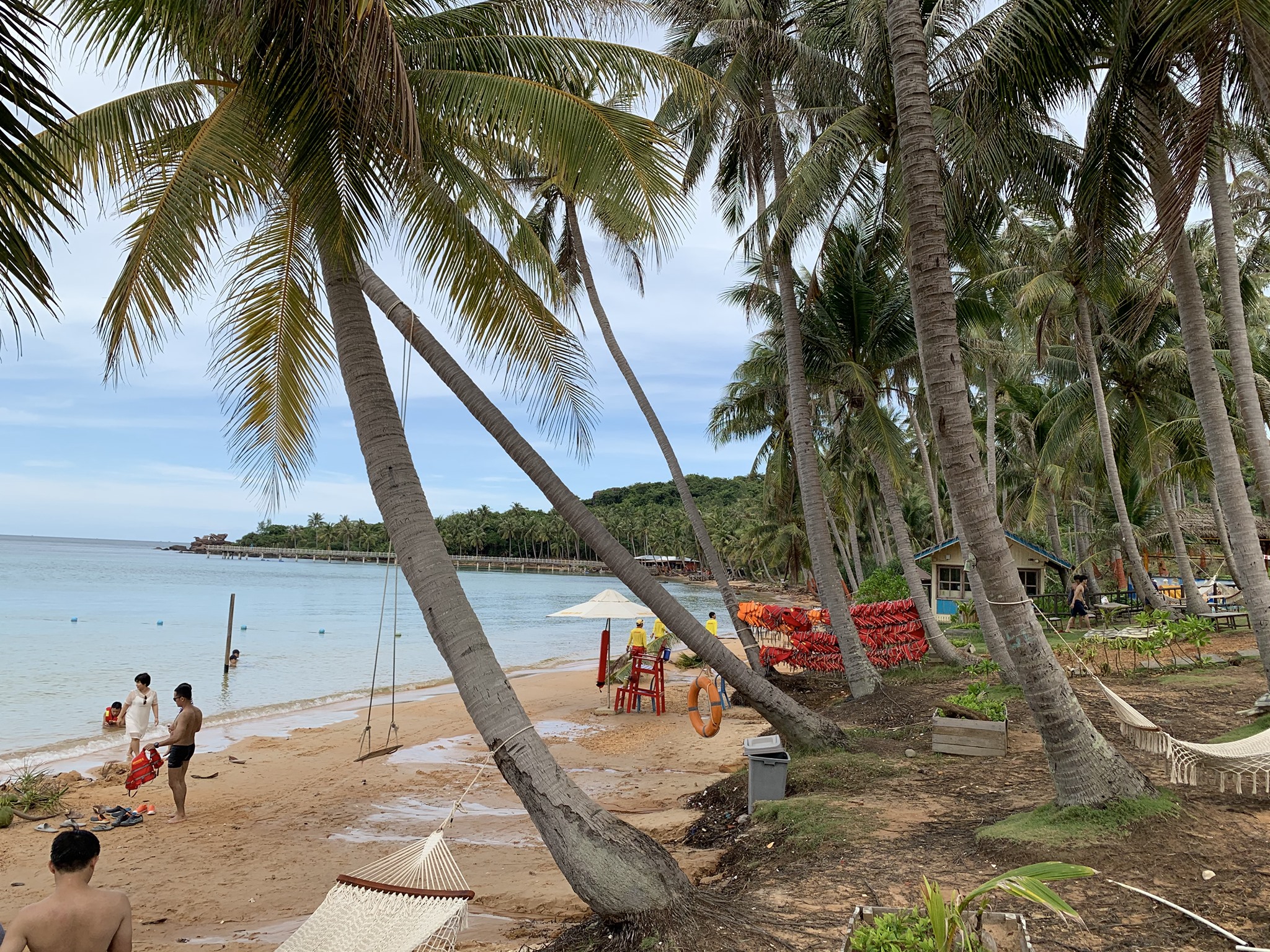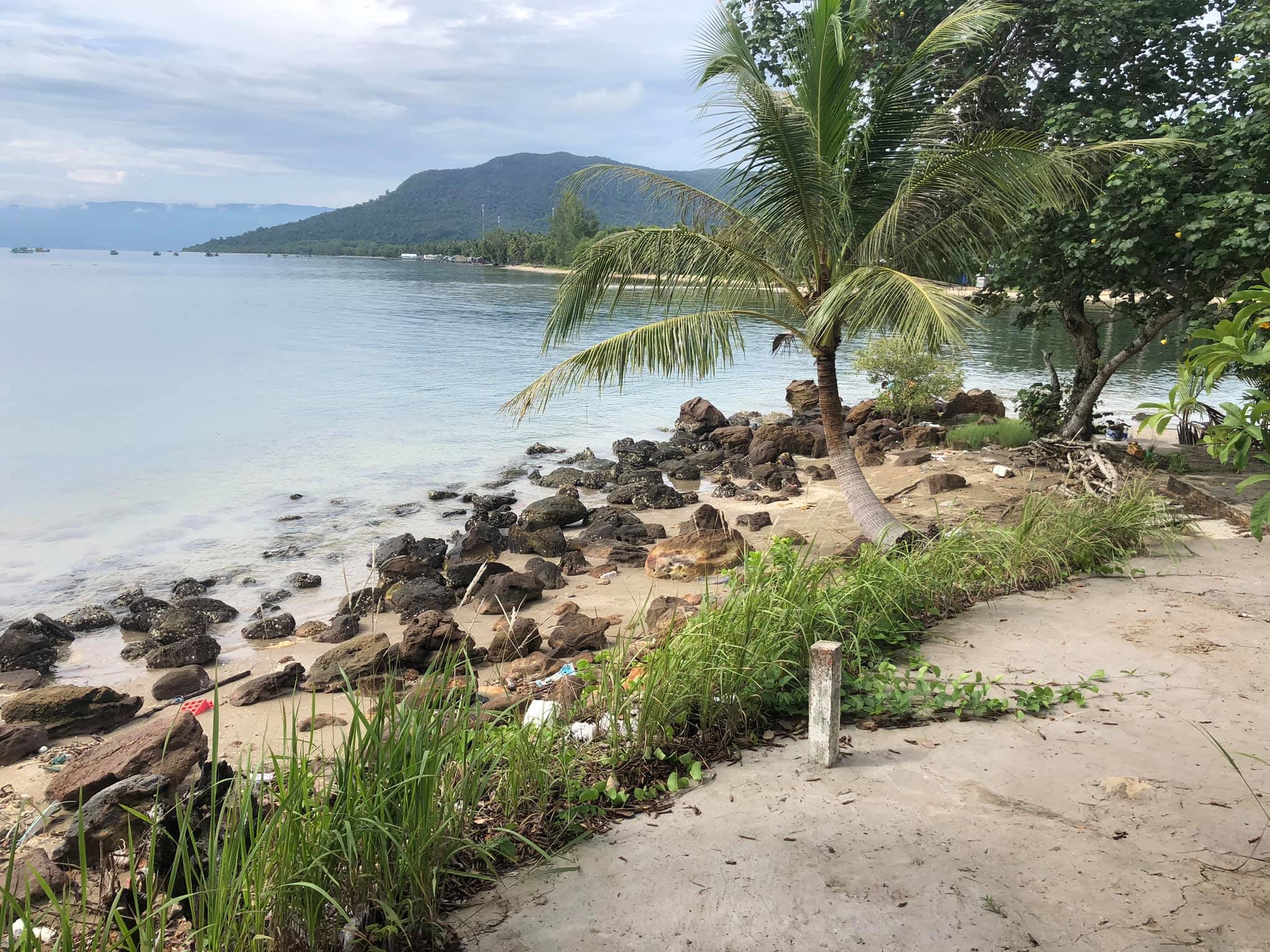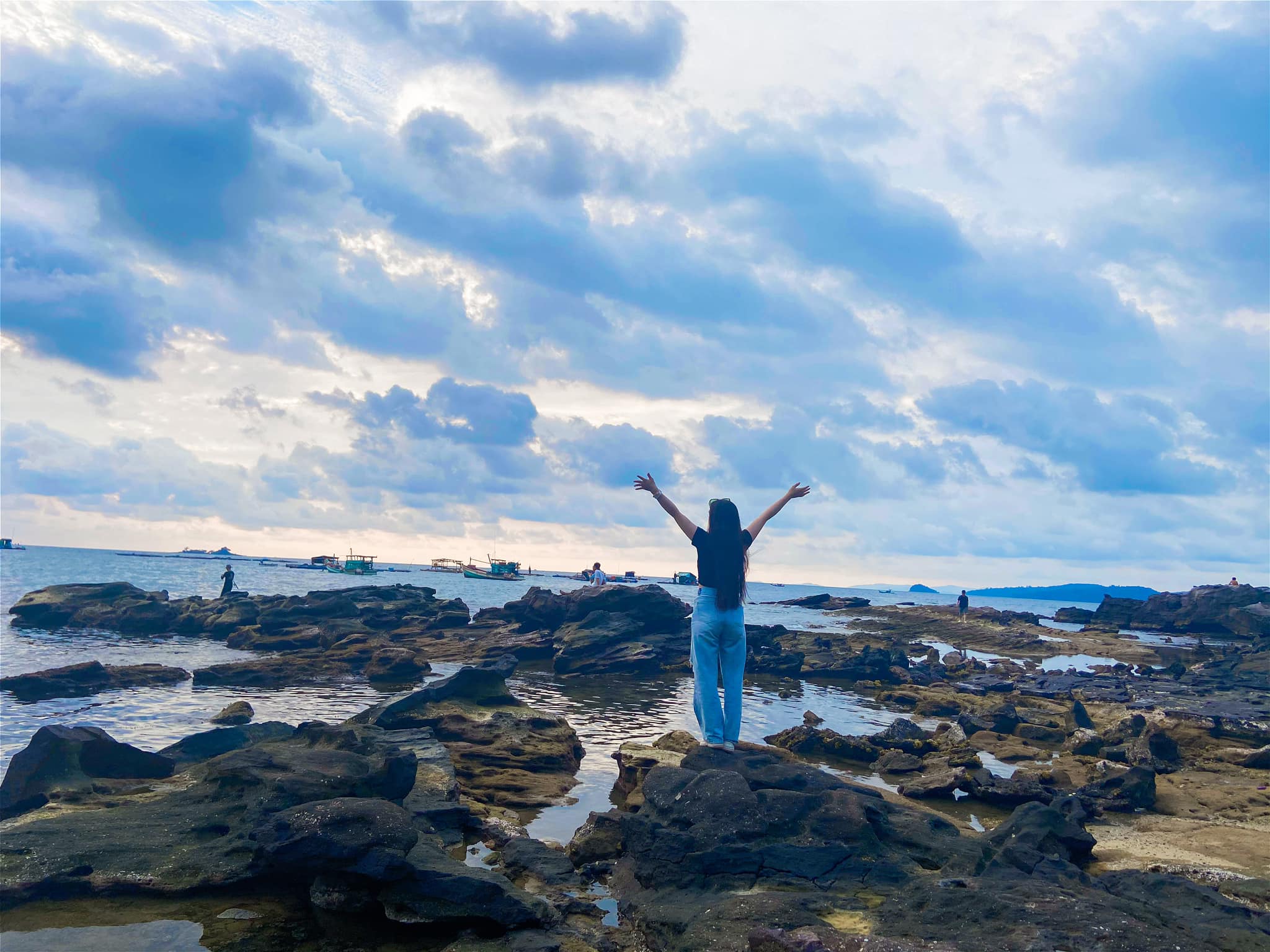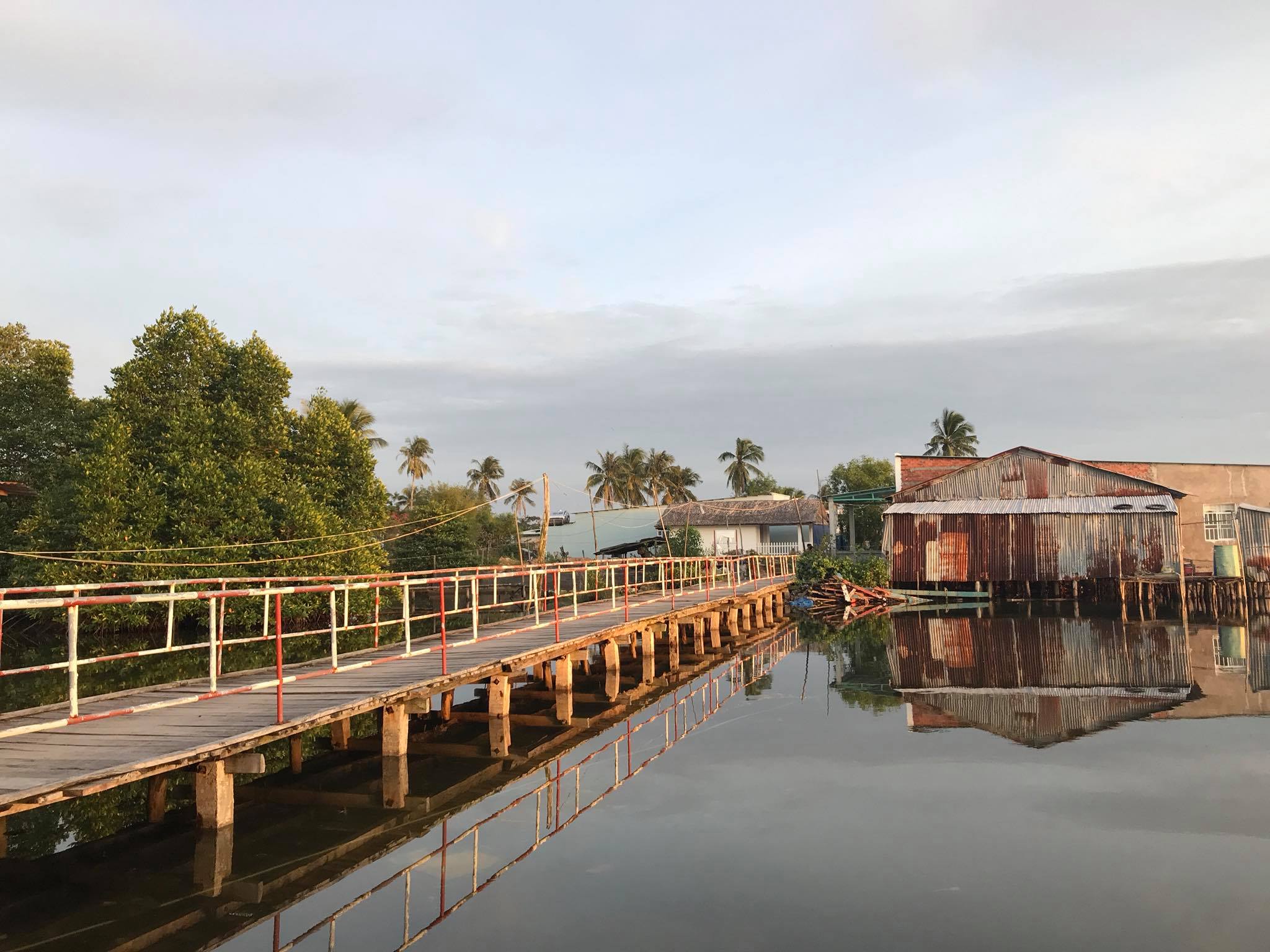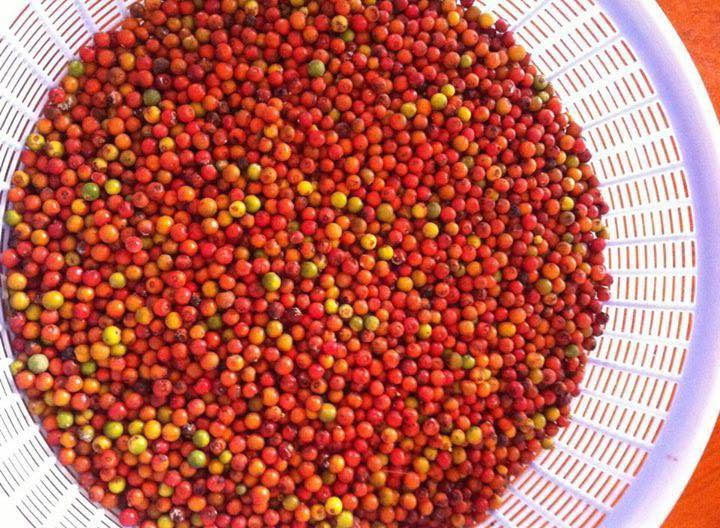Tàu cao tốc Phú Quý Island đã chính khai trương vào ngày 27/1/2021 và dự kiến tàu sẽ chính thức hoạt động vào 01/02/2021. Từ đây có thêm một sự lựa chọn mới cho người dân và khách du lịch khi chọn điểm đến là Đảo Phú Quý.
Giới thiệu tàu Phú Quý Island
Tàu cao tốc Phú Quý Island là loại hiện đại, tàu có kết cấu hai thân với vận tốc trung bình đạt từ 19-20 lý/1 giờ; Chạy được sóng 4m, được thiết kế bằng vỏ sắt, chiều dài 46,89 mét, chiều rộng 7,2 mét với số lượng chở đuợc 260 khách.
Điểm đặc biệt của tàu cao tốc Phú Quý Island là 264 giường nằm của hành khách có thể điều chỉnh thành ghế ngồi hoặc nằm tùy theo nhu cầu của hành khách, áo phao cứu sinh có tín hiệu tự động (riêng biệt cho người lớn và trẻ em) được lắp đặt tại từng giường hành khách. Bên trong tàu được thiết kế như xe ô tô giường nằm giúp cho hành khách tạo cảm giác đỡ bị say sóng nhiều hơn so với tàu khác, rộng rãi và thoải mái, thuận tiện cho quý khách ra vào tham quan chụp ảnh check in. Giường có thể gập từ 90⁰ đến 160⁰ thuận tiện cho cả cảm giác ngồi và nằm.
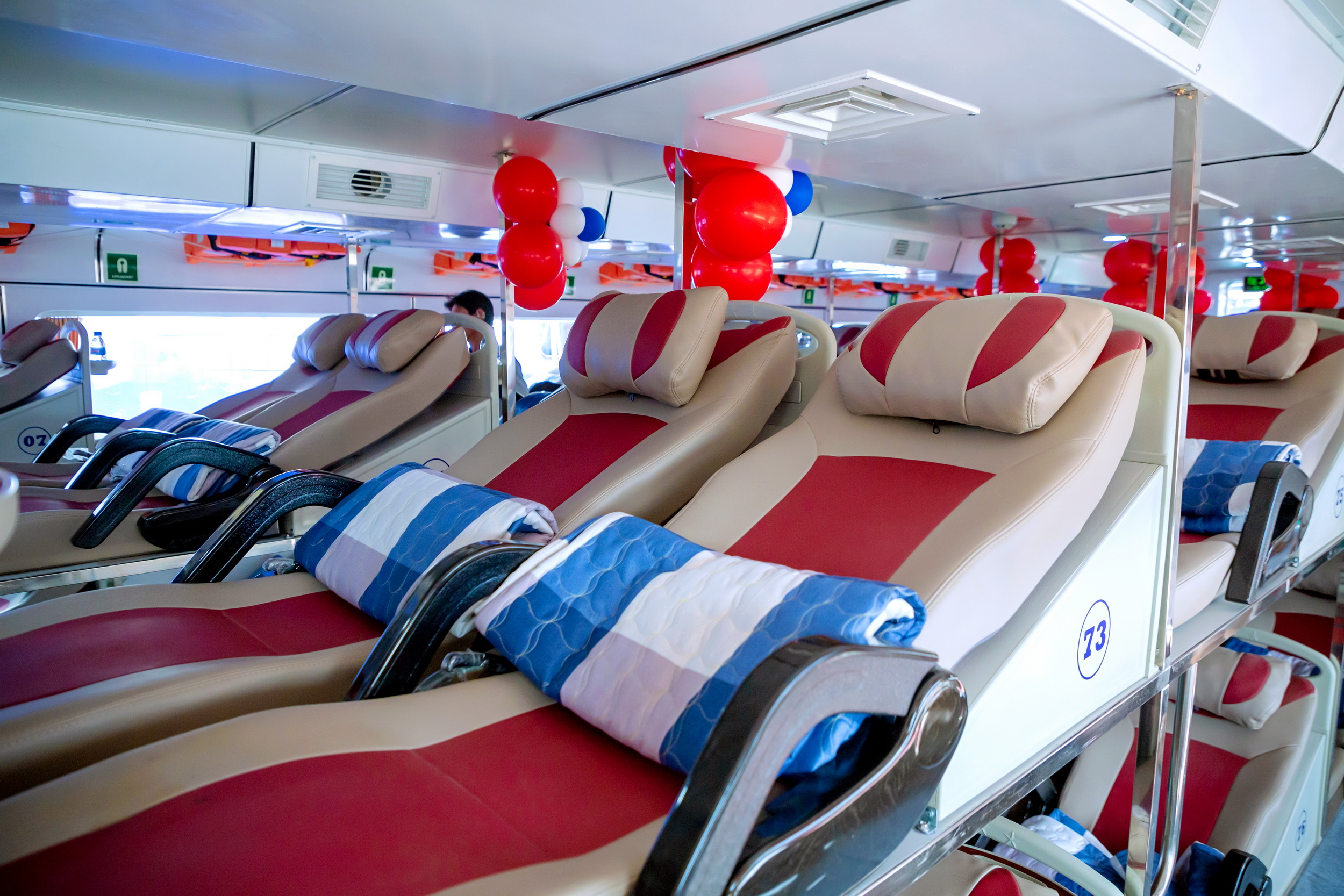
Cùng với hệ thống thiết bị PCCC, cứu sinh, phao bè,… hiện đại đảm bảo an toàn hàng hải cao nhất. Tất cả các khoang đều được trang bị máy lạnh, nhà vệ sinh cao cấp. Trên tàu có đầy đủ trang thiết bị để phục vụ nhu cầu giải trí của hành khách. Ngoài ra còn có khu vực chụp ảnh check in, đàn guitar, loa đài để phục vụ du khách trên suốt cuộc hành trình.
Tàu cao tốc Phú Quý Island có thân tàu được được thiết kế bằng vỏ sắt và có được trang bị giường nằm như xe ô tô giúp cho hành khách cảm giác đỡ bị say sóng hơn. Tàu có 03 lối đi và có địa điểm boong tàu check-in rất rộng và đẹp giúp bạn tha hồ tham quan, check-in mà không sợ làm phiền đến người khác.
Thời gian dự kiến di chuyển từ Phú Quý – Phan Thiết và ngược lại chỉ mất 2h45 phút đến 2h50 phút.
Tàu có 03 lối đi và có địa điểm boong tàu check-in rất rộng và đẹp, tiện nghi giúp bạn tha hồ tham quan, ngắm cảnh thiên nhiên trong suốt hành trình, Check-in mà không sợ làm phiền đến người khác. Bên trên giường còn được thiết kế khay để thức ăn nước uống khi cần thiết. Tàu có hệ thống thiết bị PCCC, cứu sinh, phao bè,..vv hiện đại đảm bảo an toàn hàng hải cao nhất. Tất cả các khoang đều được trang bị máy lạnh, nhà vệ sinh cao cấp.
Trên tàu có đầy đủ trang thiết bị để phục vụ nhu cầu giải trí của hành khách. Ngoài ra còn có khu vực chụp ảnh check in, đàn guitar, loa ngoài trời để phục vụ du khách văn nghệ trên suốt cuộc hành trình. Gió biển mơn man, nước xanh tươi mát, trời cao lồng lộng cùng khung cảnh thiên nhiên đẹp mê hồn của đảo Phú Quý chắc chắn sẽ là những bù đắp xứng đáng cho hành trình vượt biển khó khăn của quý khách.
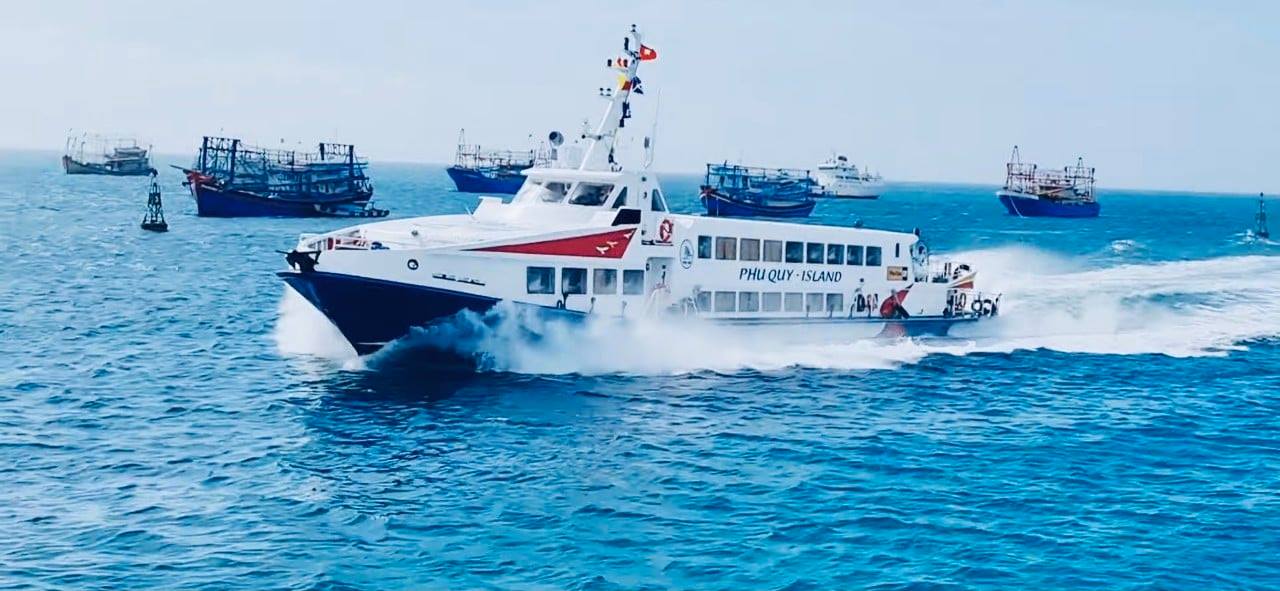
Giá vé tàu cao tốc Phú Quý Island
| Đối tượng | Giường nằm | Ghế ngồi |
| Người lớn (12 tuổi – 59 tuổi) | 400.000 đồng | 350.000 đồng |
| Người cao tuổi > 60 tuổi | 350.000 đồng | 300.000 đồng |
| Trẻ em 06 – 11 tuổi | 300.000 đồng | 250.000 đồng |
| Trẻ em dưới 5 tuổi | Miễn phí giá vé | Miễn phí giá vé |
Đặc biệt công ty có nhiều ưu đãi hấp dẫn cho quý khách hàng như giảm giá theo thời điểm. Tàu Phú Quý Island có dịch vụ xe trung chuyển tại Cảng Phú Quý.
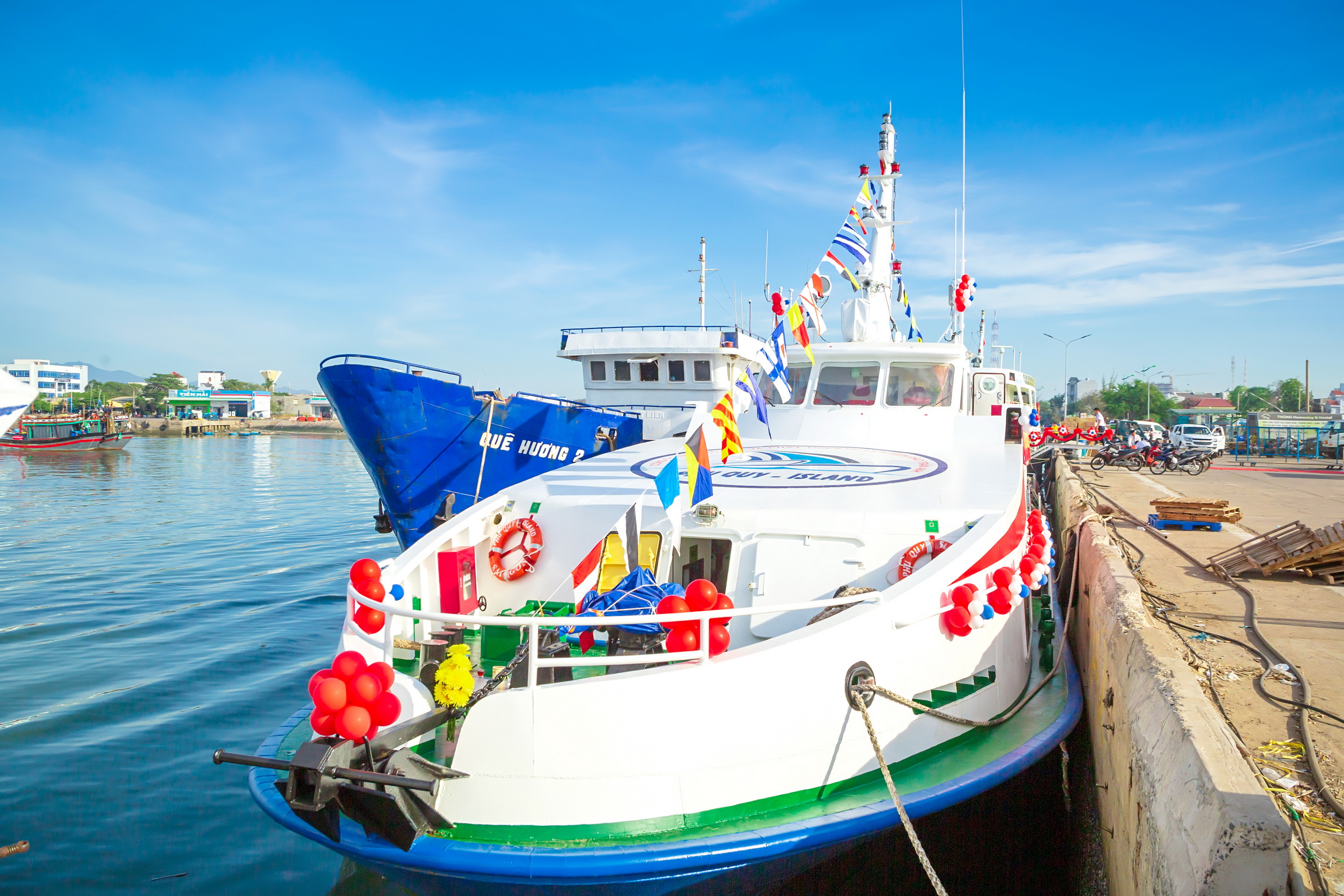
Liên hệ đặt vé tàu cao tốc Phú Quý Island
Dưới đây là thông tin liên hệ và giá vé của tàu cao tốc này.
Điện thoại đặt vé: 0889211234 – 0889271234 – 0889371234
Phòng Vé Phú Quý: Địa chỉ 17 Ngô Quyền, xã Tam Thanh, huyện Phú Quý, tỉnh Bình Thuận
Phòng Vé Phan Thiết: Địa chỉ 165 Võ Thị Sáu, phường p Hưng Long, Thành phố Phan Thiết, tỉnh Bình Thuận
Hiện nay, trên tuyến đường biển Phan Thiết –Phú Quý có 05 tàu vận chuyển hàng hóa (Hoàng Phúc 16, Hoàng Phúc, Tuấn Tú, Quê Hương 02, Quản Trung) và 05 tàu khách đang hoạt động (gồm: Phú Quý 07, Superdong PHU QUY I, Superdong PHU QUY II, Phú Quý Express, Tàu Hưng Phát 26), trong đó:tàu Phú Quý 07 là tàu tốc độ chậm, hiện nay chủ yếu là chở hàng; các tàu Superdong PHU QUY I, Superdong PHU QUY II, Phú Quý Express hoạt động trong điều kiện gió dưới cấp 7; chỉ có tàu Hưng Phát 26 hoạt động được trong điều kiện gió cấp 8-9.
Chi tiết thông tin liên hệ các tàu đi Phú Quý, bạn có thể tham khảo bài viết: Điểm danh những con tàu hoạt động trên tuyến Phan Thiết – Phú Quý


